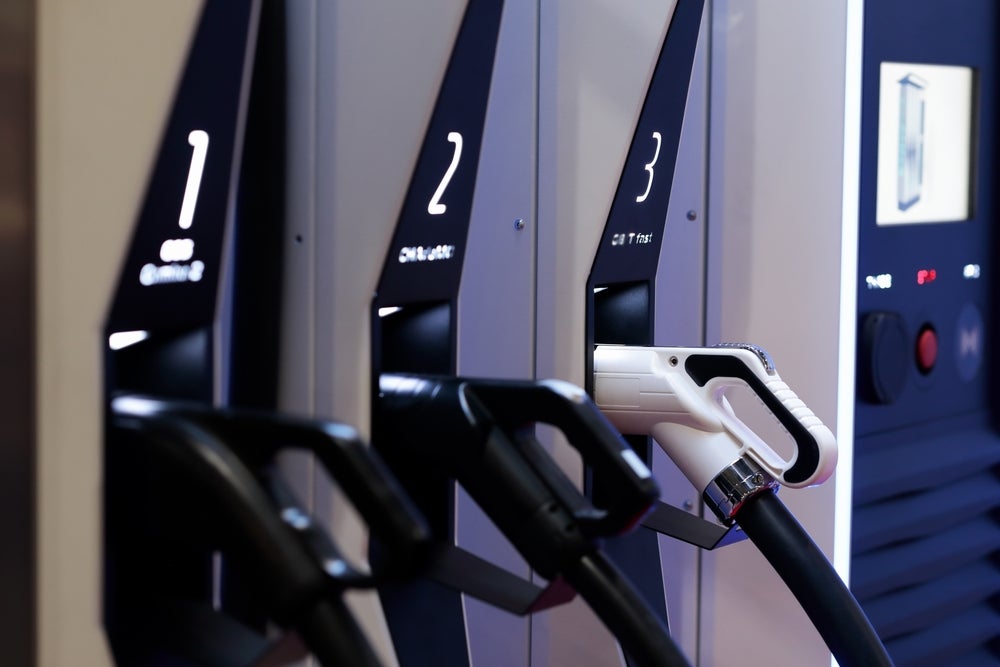In January 2022, General Motors chief executive Mary Barra stepped into a fully autonomous retrofitted Chevrolet Bolt with Kyle Vogt, founder and CEO of GM’s autonomous vehicle subsidiary Cruise. Later posting a video of her first ride in a fully autonomous vehicle on YouTube, Barra exclaimed: “ It is surreal… I feel like we are making history… This is going to change the way people move in such a positive way.”
But Barra’s publicity stunt does not reflect the deepening investor fatigue affecting the autonomous vehicle sector. Early optimism has given way to caution as the sector has failed to deliver on promises by consistently underestimating the technology challenges and real-world complexity of commercialised autonomous driving.
A lack of regulatory clarity from the UN and EU further complicates the prospect of commercialisation, but in a landmark ruling in May 2021, German regulators granted nationwide approval for commercial robotaxi operations on selected routes at 30km/h – a rare case of regulation leading technology development rather than lagging behind it. Both Intel’s autonomous driving subsidiary, Mobileye, and self-driving car company Cruise, among others, are planning to launch commercial operations in Germany in 2022. Gartner analyst Pedro Pacheco believes the ruling to be a significant milestone. “It is the first time an entire country has allowed for the regular operation of robotaxi services that operate without a shadow driver,” he says, adding: “All eyes are on Germany. This is the moment of truth for autonomous driving.”
A journey into the unknown
What Pacheco means by this is that Germany’s ruling is something of a step into the unknown for the sector. Alphabet’s subsidiary, Waymo, is the only other commercial service currently in operation, and that is from Phoenix, Arizona. Driverless vehicles have not reached a stage of 100% safety with all the ‘edge’ cases accounted for through testing. For this reason, commercial operations in Germany could prove to be a Hindenburg moment whereby public confidence in autonomous driving is shattered for good. The cost of trialling and testing in different geographies can be equal to the cost of development, according to Pacheco: “It is not plug and play unfortunately,” he says. Given that level four and five autonomous driving technology still require more development, there is still a considerable risk of accidents.
The Society of Automotive Engineers defines the driving level automation scale as follows: the technical challenges of reaching each level of autonomous driving are not linear in difficulty. The transition from level 2 autonomy to level 3 autonomy is far less complex than reaching level 4 autonomy, which is highly complex, and level 5 is sometimes described as a ‘moonshot’. Surpassing each level means encountering an exponential number of unknown driving scenarios, or edge cases, which cannot be predicted. These are the tragedies that make the news, such as the California Tesla driver charged with manslaughter in 2019 after a collision while driving in autonomous mode.
Many original equipment manufacturers including Honda and Toyota have launched level 3 autonomy vehicles. Western Europe, where more than 4% of new light vehicles are expected to be equipped with level 3 autonomous systems by 2036, is likely to see the highest penetration, according to analyst GlobalData. The region is also expected to be more hostile to fully automated systems such as robotaxis that operate at level 4 and level 5 autonomy. Europe is a mature vehicle market, meaning buyers have a greater expectation of driving their own vehicles, while buyers in emerging economies may be less attached to the idea of vehicle ownership and may be more open to using on-demand robotaxis.
Indeed, with wider adoption, GlobalData expects China to achieve the highest market penetration due to its economy size and favourable legislative environment. The Chinese government issued a blueprint ‘Strategy for Innovation and Development of Intelligent Vehicles’ in February 2020 to boost the sector’s development in the country over the next 30 years.
How well do you really know your competitors?
Access the most comprehensive Company Profiles on the market, powered by GlobalData. Save hours of research. Gain competitive edge.

Thank you!
Your download email will arrive shortly
Not ready to buy yet? Download a free sample
We are confident about the unique quality of our Company Profiles. However, we want you to make the most beneficial decision for your business, so we offer a free sample that you can download by submitting the below form
By GlobalDataCan driverless cars live up to the promise?
Start-ups tend to overpromise. This is typically part of the funding courtship, but in its thematic report issued in December 2021, GlobalData outlined how consistently failing to deliver on such promises can be fatal for new technologies. There is evidence to show that some investors are rethinking their initial optimism for the autonomous vehicle sector. For example, in November 2019, Daimler CEO Ola Källenius announced that the company would ‘rightsize’ its investment in robotaxis because it required too much capital with an unclear return on investment.
Keen to assuage investors, Källenius announced in February 2020 that Daimler would focus its autonomous driving efforts on its heavy trucks arm, beginning testing of autonomous technology alongside its subsidiary Torc Robotics. While level 4 and up autonomous systems seem increasingly less likely to play a role in private passenger vehicles any time soon, their use case among commercial vehicles is solidifying, according to GlobalData’s thematic research team. Daimler Trucks doubled down on its work with Torc by adding a partnership with Waymo in 2020, while Volvo Trucks and Aurora set up a similar autonomous trucking partnerships the same year, with Traton and TuSimple coming together in 2021.
The return on investment on autonomous vehicles is nil at present, according to GlobalData automotive analyst Mike Vousden. Even Waymo’s commercial robotaxi service launched in Arizona, which has been running since October 2020, will not be profitable, Vousden points out. Rather, early commercialisation serves as a test bed. “[Waymo's] best route to profitability demands that it get the technology sorted and get [the vehicle] out on the road,” says Vousden. “The biggest driver behind getting level 3 and level 4 cars quickly out on the road is that they need them to start earning money. They have had more than a decade; for many companies that has been billions of dollars with very little to show for it. Here we are in 2022, and they are still absolutely no closer to it.”
GlobalData thematic research posits that before widespread adoption of level 4 robotaxi networks, the technology is likely to find use in smaller campus settings such as universities or large business parks. In addition, ports, mines and other controlled areas may be a more profitable place to deploy level 4 technology because they see less passing traffic. and automating processes there represents a clearer return on investment. In August 2021, Toyota operated an autonomous car service around the Paralympic Games village in a first-mover demonstration of use cases. The service was halted when a vehicle hit a visually impaired athlete, highlighting, once again, that operational unpredictability exists even at low speeds.
Cost versus complexity
For Vousden the biggest challenge to full autonomous driving is cost intertwined with complexity. It probably isn’t true for many other things, but regulation is the easy part, according to Vousden. “That is in comparison with how difficult it is to get a vehicle to drive itself down a road with a degree of safety that is considered acceptable,” he adds.
Kersten Heineke, an expert on autonomous vehicles for McKinsey’s Centre for Future Mobility, agrees that while regulation is a factor, technology hurdles are the bigger problem. Heineke even goes as far as to say that some companies are using regulatory challenges as an excuse for failure to deliver when they are actually struggling with the technology.
When pressed to quantify the burden of challenges, Heineke says about 15% of the problem of non-delivery is users not yet willing to adopt it at scale, 25% is regulation and 60% is the complexity of the technology. “Companies are advancing at a good speed but not at the progress that we would have estimated if you had asked me the same question five years ago, or even three years ago,” he says. McKinsey predicts fully autonomous vehicles on the road at scale towards the end of this decade, “and the technology is going to be so revolutionary in a positive sense for our everyday lives, that it is worth waiting for,” says Heineke.
Companies that have already made big speculative technology investments in autonomous vehicles will continue to pursue commercialisation, but it could be closer to 2035 before there are any meaningful deployments of fully self-driving vehicles, according to GlobalData's thematic research team. In addition to the existing regulatory and technology challenges, the Covid-19 crisis has added pressure on the auto industry, leaving a question mark as to how consumers will respond to shared products and services such as robotaxis. Supply chain disruption and semiconductor shortages exacerbated by the global pandemic have also posed significant challenges over the past two years. There are plenty of reasons why the autonomous driving sector has not lived up to its promises, but there is also much cause for optimism about its potential to revolutionise transportation, as long as investors are prepared to wait.
This article was first published on MotorFinance's sister site Investment Monitor and written by Lara Williams







